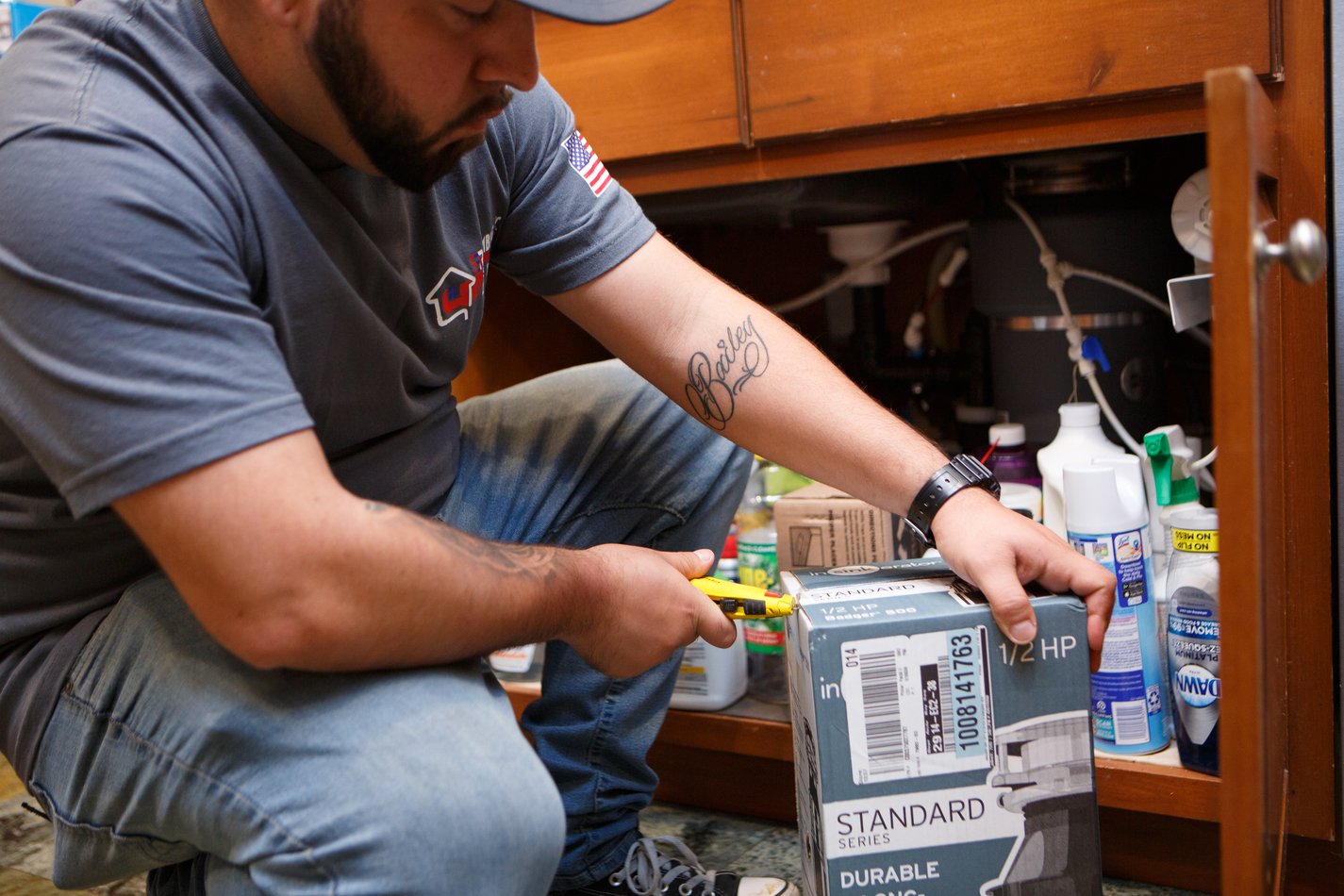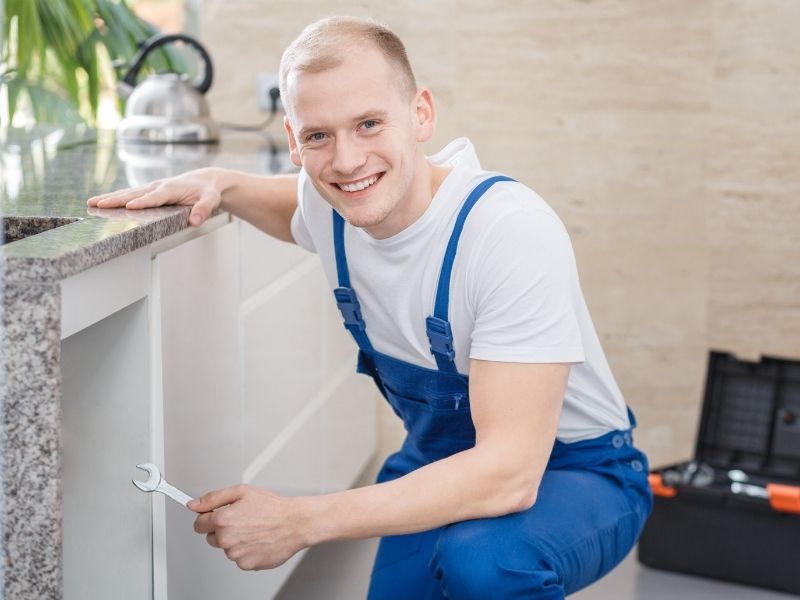Determining When You Should Do It Yourself and When You Should Contact Qualified Plumbing Services
Determining When You Should Do It Yourself and When You Should Contact Qualified Plumbing Services
Blog Article
Just how do you actually feel about DIY Plumbing Projects and When to Call a Professional?

Introduction
Plumbing issues can range from small inconveniences to major headaches, often prompting homeowners to make a decision in between taking on the problem themselves or calling a specialist plumbing. Recognizing when to do it yourself and when to seek expert help can conserve time, money, and avoid prospective disasters. This write-up discovers the aspects to think about when making this critical choice.
Advantages of DIY Plumbing
Tackling plumbing jobs on your own can be gratifying in numerous means, specifically for less complex tasks.
Price Financial savings
Do it yourself pipes jobs usually conserve cash by preventing expert service fees. Jobs like taking care of small leakages, replacing taps, or installing brand-new showerheads are examples where home owners can deal with fixings without hiring a plumber.
Skill Improvement
Engaging in DIY plumbing offers a possibility to find out and boost practical skills. Basic tasks empower property owners to understand their plumbing systems far better and get confidence in handling little repairs individually.
Dangers of Do It Yourself Plumbing
While do it yourself jobs supply benefits, specific threats ought to be carefully thought about prior to attempting repair services.
Intricacy of Tasks
Some pipes issues need customized knowledge and tools past regular homeowner capacities. Messing up complex problems can result in additional damages and pricey repairs.
Safety and security Problems
Working with plumbing systems includes dangers such as direct exposure to water damages, capacity for electric dangers, and taking care of tools incorrectly. Safety precautions must be observed to stop mishaps and make sure efficient repair work.
Indicators to Call an Expert Plumbing
Identifying when a pipes problem exceeds do it yourself capacities is essential to avoid getting worse problems.
Indicators of Complex Issues
Examples consist of:
Motivate expert treatment is necessary to deal with these problems properly and decrease damage.
DIY Plumbing Tips
For effective do it yourself pipes, it's essential to be prepared with the right tools and comply with appropriate procedures.
Standard Devices and Products
Trick devices for do it yourself pipes:
Step-by-Step Guides
Clear guidelines make sure safe and reliable DIY fixings:
Picking the Right Time to Do It Yourself
Identifying when to take on plumbing jobs yourself needs assessing both the intricacy of the concern and personal convenience levels.
Analysis Checklist
Think about:
When to Definitely Call a Professional
Certain circumstances demand immediate experienced focus to stop considerable damages or safety and security threats.
Instances consist of:
Finding and Hiring a Specialist Plumbing Professional
Selecting a certified plumber makes certain dependable solution and peace of mind in fixing plumbing concerns.
Criteria for Choice
Variables to think about:
Price Analysis: DIY vs. Expert Providers
Contrasting the economic implications of DIY initiatives versus specialist pipes solutions aids in making educated choices.
Financial Considerations
Evaluate:
Verdict
Determining whether to do it yourself or call a professional plumbing hinges on recognizing the complexity of plumbing issues and personal capacities. By considering the advantages and threats, home owners can make enlightened selections that advertise effective maintenance and safeguard their homes from pipes disasters.
DIY Plumbing Projects: What Homeowners Can Do and When to Call a Professional
Welcome to our comprehensive guide on DIY plumbing projects. In this blog post, we aim to empower homeowners with the knowledge and skills to tackle basic plumbing tasks around the house. From unclogging drains to fixing a leaky faucet, we’ll walk you through step-by-step instructions on how to handle these common issues.
However, not all plumbing problems can or should be solved with a DIY approach. Recognizing when a problem is beyond your skill level and requires professional intervention is just as important as knowing how to perform basic tasks. We’ll also discuss the signs that indicate it’s time to put down your tools and pick up the phone to call a professional plumber. By understanding when to DIY and when to call a professional, you can save time, avoid potential disasters, and ensure your home’s plumbing system remains in top shape.
Understanding Plumbing Basics
Before we dive into the DIY projects, let’s take a moment to understand the basics of your home’s plumbing system. A typical residential plumbing system consists of two major components: the water supply system, which brings fresh water into your home, and the drainage system, which removes waste water. These systems are made up of a network of pipes, valves, and fixtures that work together to deliver clean water and dispose of waste efficiently.
Regular maintenance of your plumbing system is crucial to prevent minor issues from escalating into major problems. This includes tasks like checking for leaks, removing minor clogs, and ensuring your pipes are insulated for winter. By performing these tasks regularly, you can extend the lifespan of your plumbing system, save money on water bills, and maintain the comfort and hygiene of your home.
In the following sections, we’ll explore some common DIY plumbing projects that homeowners can handle, as well as situations that require the expertise of a professional plumber. Whether you’re a seasoned DIY enthusiast or a beginner, this guide will provide you with valuable insights into the world of home plumbing.
DIY Plumbing Projects Homeowners Can Handle
Plumbing may seem intimidating, but there are several tasks that homeowners can confidently tackle with a little guidance and the right tools. Here are a few common issues you might encounter and how to address them.
Unclogging Drains
Use a Plunger: This is your first line of defense. A good old-fashioned plunger can dislodge the obstruction and clear the drain in many cases. Try a Plumber’s Snake or Hand Auger: If the plunger doesn’t work, a plumber’s snake or hand auger can reach deeper into the pipe to break up the clog. Use a Drain Cleaner: If physical methods fail, a chemical drain cleaner can dissolve the clog. However, use these products sparingly as they can damage your pipes if overused.

I hope you enjoyed reading our article on . Thank you so much for finding the time to read through our posting. Appreciated our entry? Please share it. Help other people find it. Thanks a lot for taking the time to read it.
Book A Service Report this page